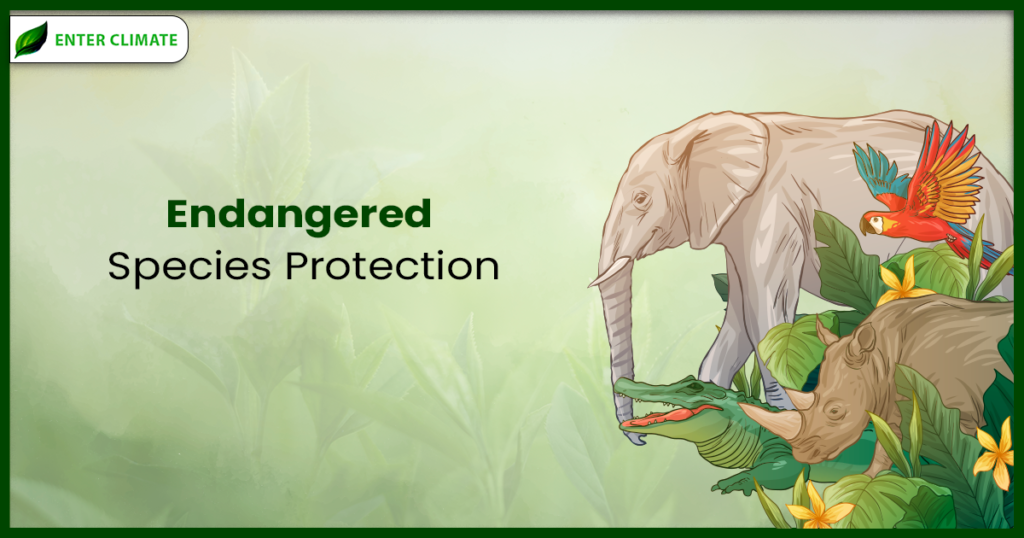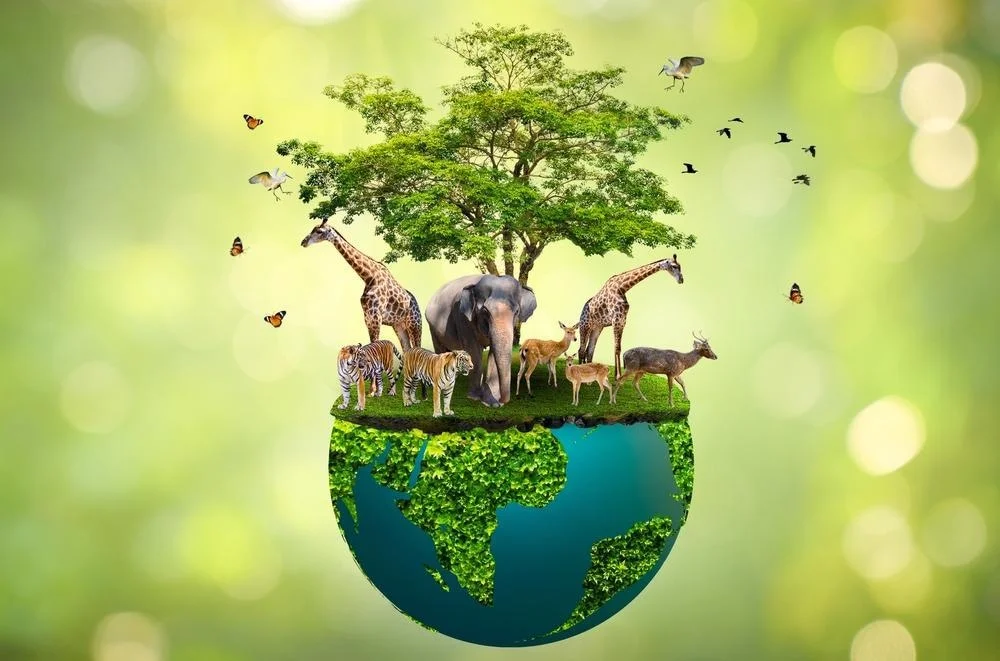The Role of National Parks in Wildlife Conservation
Introduction:
National parks are not just scenic landscapes for recreational activities; they play a critical role in preserving biodiversity and safeguarding the habitats of numerous species. Covering vast expanses of land and often representing a country’s natural heritage, national parks serve as protected areas where wildlife can thrive undisturbed by human activities. This article explores the multifaceted role of national parks in wildlife conservation, highlighting their importance in preserving ecosystems, supporting endangered species, and promoting environmental education and awareness.
Preservation of Natural Habitats:
One of the primary functions of national parks is to conserve and protect natural habitats, including forests, grasslands, wetlands, and marine ecosystems. By designating large tracts of land as protected areas, national parks provide refuge for a diverse array of plant and animal species. These habitats serve as havens where wildlife can find food, water, shelter, and breeding grounds essential for their survival. Moreover, by preserving intact ecosystems, national parks help maintain ecological balance and resilience against environmental threats such as habitat loss, fragmentation, and climate change.

Supporting Endangered Species:
National parks often harbor populations of endangered and threatened species that are at risk of extinction due to human activities such as habitat destruction, poaching, and pollution. By offering sanctuary from these threats, national parks play a crucial role in safeguarding the survival of these vulnerable species. Conservation efforts within national parks may include habitat restoration projects, captive breeding programs, and anti-poaching patrols aimed at protecting endangered wildlife. For example, national parks in Africa serve as key strongholds for iconic species such as elephants, rhinoceroses, and lions, whose populations are under pressure from illegal wildlife trade and habitat loss.

Ecosystem Services and Functions:
In addition to preserving wildlife habitats, national parks provide essential ecosystem services that benefit both wildlife and human communities. Healthy ecosystems within national parks regulate climate, purify air and water, control erosion, and support pollination and seed dispersal. These ecosystem services are vital for maintaining the ecological balance and sustaining biodiversity within and beyond the boundaries of national parks. Moreover, by protecting watersheds, national parks ensure a clean and reliable water supply for wildlife, local communities, and downstream users.
Promoting Environmental Education and Awareness:
National parks serve as outdoor classrooms where visitors can learn about ecology, conservation, and the importance of preserving natural resources. Interpretive programs, guided tours, visitor centers, and educational exhibits provide opportunities for people of all ages to connect with nature and gain a deeper understanding of wildlife and ecosystems. Through hands-on experiences such as hiking, wildlife watching, and volunteer activities, visitors develop a sense of stewardship and appreciation for the natural world. Furthermore, national parks serve as living laboratories for scientific research, contributing valuable data and insights into biodiversity conservation and ecosystem management.

Challenges and Conservation Efforts:
Despite their significance, national parks face numerous challenges, including habitat degradation, invasive species, climate change, and human-wildlife conflicts. Encroachment from surrounding development, illegal logging, poaching, and unsustainable tourism can threaten the integrity of protected areas and undermine conservation efforts. To address these challenges, national park authorities, conservation organizations, and local communities collaborate on initiatives such as habitat restoration, wildlife monitoring, law enforcement, and sustainable tourism practices. Engaging stakeholders in participatory management and promoting community-based conservation approaches are essential for ensuring the long-term success of national park conservation efforts.
Conclusion:
National parks are invaluable sanctuaries for wildlife and vital repositories of biodiversity, representing the collective efforts of societies to protect and preserve natural heritage for future generations. By conserving natural habitats, supporting endangered species, providing ecosystem services, and promoting environmental education, national parks play a pivotal role in wildlife conservation and sustainable development. However, addressing the complex challenges facing national parks requires ongoing commitment, collaboration, and innovative solutions to ensure the continued protection of our planet’s precious natural treasures.
